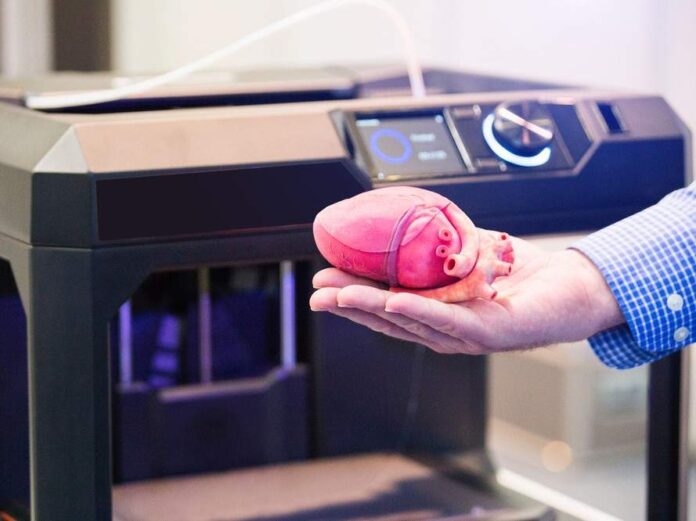3D printing is all the buzz in the medical world. It’s been trending for a while now, but only recently are people beginning to become aware of what 3D printing really is. Are they making too much out of it though? Or is it really “all that”?
What is 3D Printing?
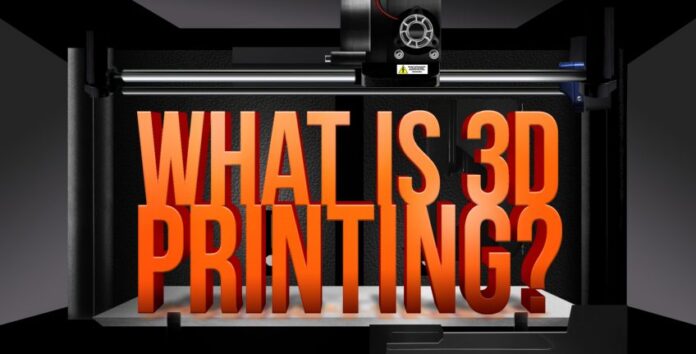
3D printing is the process of creating a physical object out of a three-dimensional digital model. Typically, the object is made by laying down multiple layers of material in succession. The term “additive manufacturing” refers to the process of putting the layers together. The technique is used for making functional parts as well as rapid prototypes.
3D Printing in the Medical Field
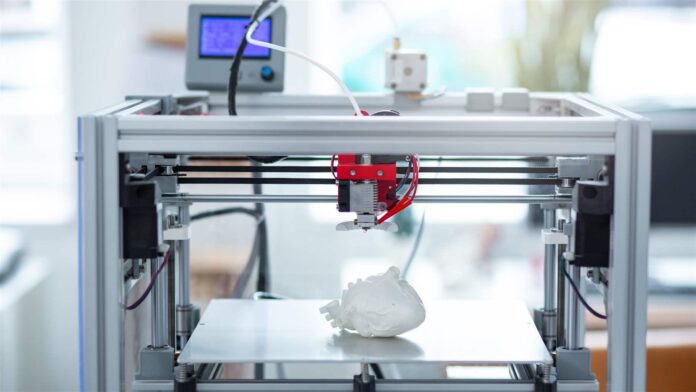
Within the United States alone, according to Allied Market Research, 3D printing within the healthcare industry was valued at $973 million. Medical industry 3D printing is projected to boom to $3.7 billion by 2026. In the year 2029, experts say it will reach $8.1 billion. It’s safe to say…the concept is catching on.
Medical advancements have brought about a growing demand for 3D printing and all the processes that go along with it, such as additive manufacturing. The development of innovative medical devices and more extensive customization among the many benefits the progression has brought about.
Is Medical 3D Printing Mere Hype?
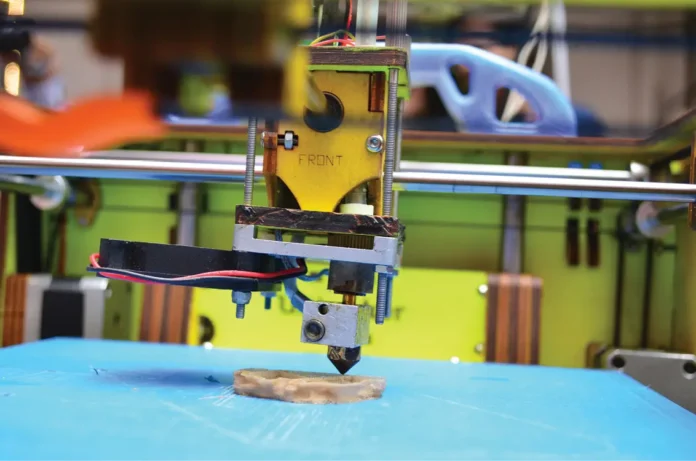
While many individuals and manufacturers are familiar with the term 3D printing, much is left to be learned for most. As more knowledge is shared and attained, the more it is realized that next gen technology in the medical industry, such as 3D printing, can save lives.
There’s a catch though. While a market research study conducted by The Insight Partners revealed that the Medical Device Additive Manufacturing Market is estimated to grow at a CAGR of 16.2% from where it was in 2020 to 2027, it isn’t cheap. Automated medical device additive manufacturing. But where there’s a demand, savvy business-minded individuals and wise investors make the supply happen because time after time throughout history, it pays off.
The saving grace to the expensive overhead is that established players in the arena of 3D printing have been investing significant money into research and development to get it where it is today so much of the progression has already been made. In addition, there is reimbursement available through various government programs and incentives and other avenues as well.
The question remains: Is 3D printing being hyped up too much? When saving lives and improving the quality of lives is factored in, those who are 3D fans defend their case that it is the future of medicine on many levels.
COVID and the Future of 3D Printing in the Medical Industry
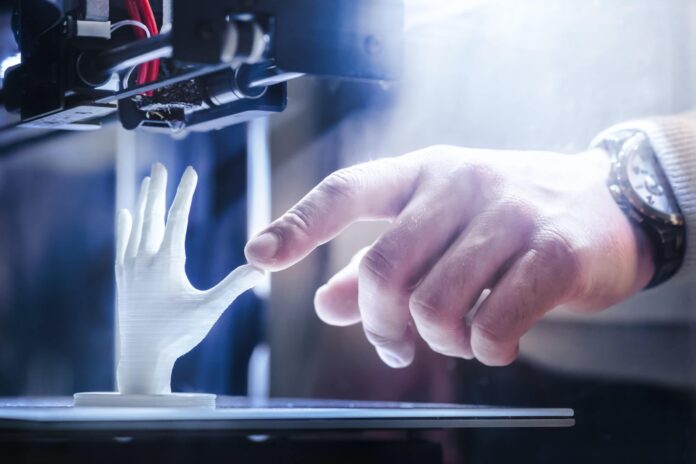
COVID had a major impact in the realm of medical technology. It spurred new research and development including 3D printing for the research, prevention, and treatment of COVID-19 and its strands.
The pandemic taught the medical industry, on a global scale, that worldwide outbreaks present problems such as interruption of supplies, contamination issues, and so forth.
From medical supplies to instruments, 3D printing has what it takes to deliver during an emergency such as a pandemic. Development is not limited like traditional development is. Customization is a key component. Production is swift and accurate. Experts can easily oversee and advise remotely, a huge plus during an outbreak.
3D Printing Medical Marketing
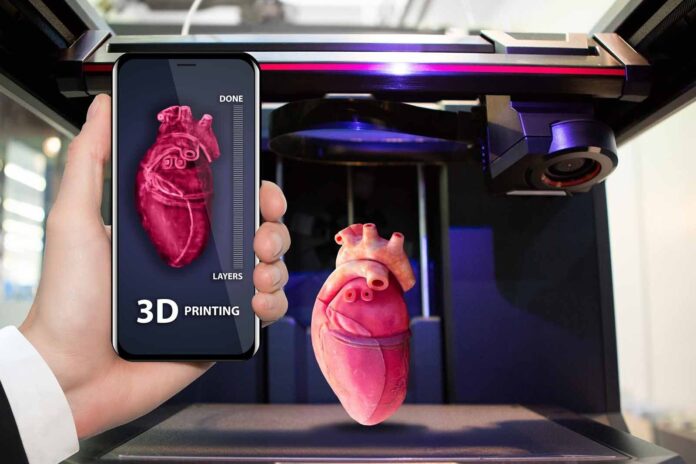
Hospitals and clinics are in constant need of equipment and supplies. They rely heavily on expert sites such as www.AMEequipment.ca to provide them with dialysis chairs, hospital beds, medical carts, and stretchers. When it comes to high tech devices, such as surgical instruments (medical clamps, retractors, needle drivers), highly tailored tools, and prosthetics, they are turning to the next gen market of 3D.
The demand comes not only from COVID-related issues but also is due to an increasing number of elderly patients within the US and the rise in incidence of chronic illnesses as well as the escalating need for care in pediatrics. As the healthcare industry grows, so must the industries that supply them and the technology behind them.
The future of 3D printing in the medical realm may sound like something out of a science fiction movie today but soon, is likely to be the new normal. One such progression is the manufacturing of bodily organs. A bladder has been 3D printed and successfully implanted in a human. The 3D bladder was constructed using a host bladder but works are in progress to create a bladder that is composed totally of non-bodily 3D material such as algae.
From there, the hope is to keep going in order to create other body organs from 3D printing. Dental printing is also hot on the horizon. At the rate it is going, the sky’s the limit.
3D Education and Awareness
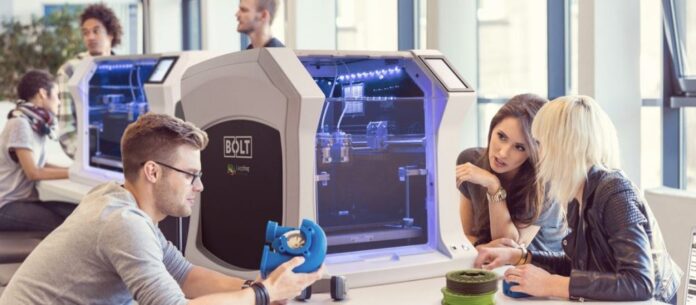
Because additive manufacturing has the capacity to be extensively customized to individual patients, it is an ideal fit in the medical industry. As more education is provided on the subject of 3D printing within the medical field, it will become employed more frequently. Eventually, chances are good it will replace traditional manufacturing altogether.
As manufacturers notice how 3D printing is working for other manufacturers, the concept is sure to catch on more and more. Through learning from experts, they will be able to address questions and concerns to determine if 3d printing is a good fit for their company.
Certification is an obstacle that must be overcome in order to go into 3D printing. Both the workflow and platform must undergo certification in a number of countries. Certain standards must be met and maintained. That is where experts in such areas are hired on to help ensure success.
The 3D Printing Medical Revolution
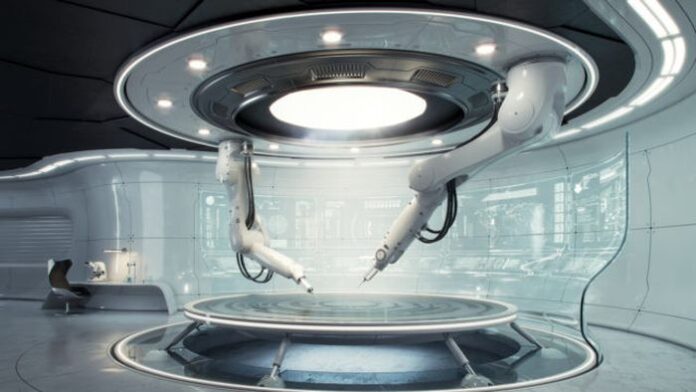
3D printing is revolutionizing the medical industry much as computer technology did. What seems to be far-fetched and impossible will one day soon become the norm. Whether it’s used to combat COVID or a future pandemic or to improve quality of life, 3D printing is one of the most useful next gen medical technologies on the horizon.
